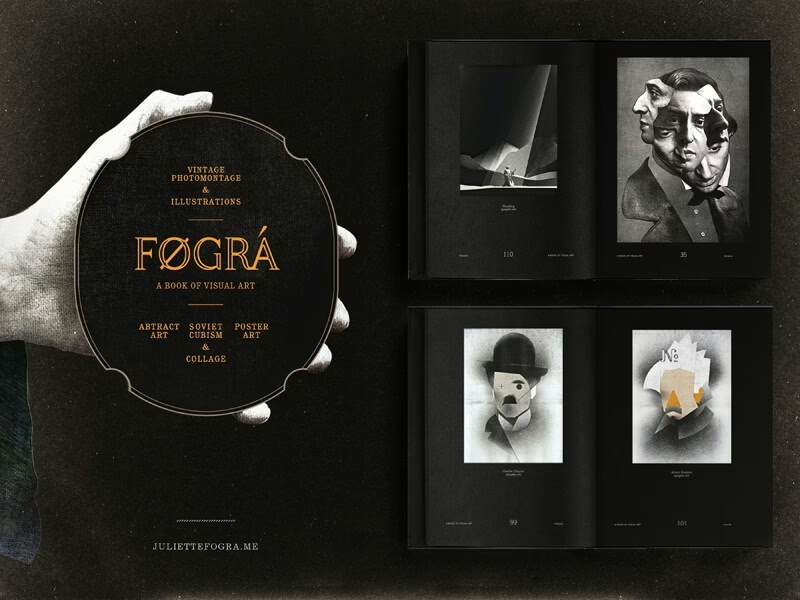“FØGRA — A Visual Book of Art” distills four decades of fascination with Soviet Cubism, photomontages, vintage illustrations and poster art into 138 graphics that converse with poetic fragments of her family’s ancestry. Artist–designer Føgra reveals how childhood encounter with a painter in Latvian movie theatre and the Hermitage Museum have fueled a lifelong quest to fuse words and pictures into one resonant volume.
Project Overview
Winning Project Title: FØGRA — a Visual Book of Art
Winning Category: Best of Best in Art & Culture Books
Firm Location: Brooklyn, United States
Project Location: New York
Company: FØGRA
Lead Designer: Føgra
This 138-page art book spans eras from Soviet Constructivism to Modern surrealism. Each artwork corresponds to an excerpt of family history, creating a coded dialogue between narrative and image that invites readers to decode personal and cultural memory.
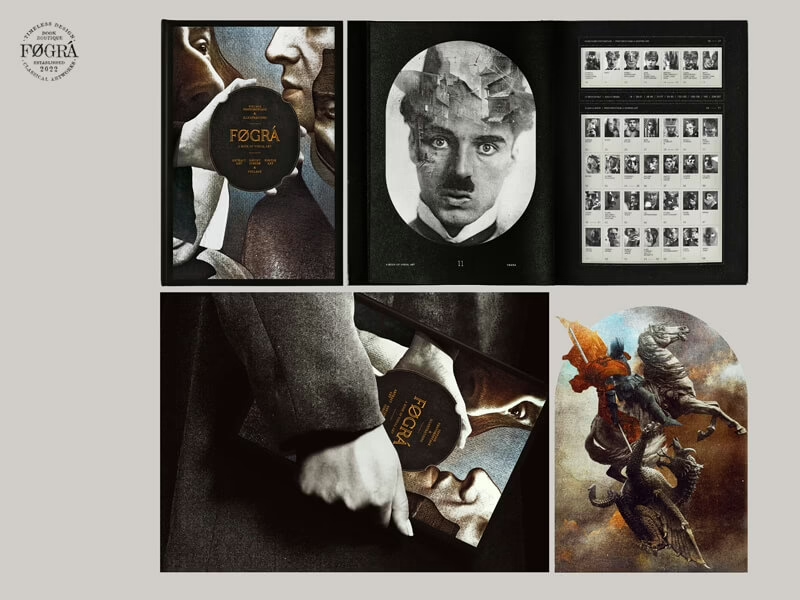
Interview with Føgra
1. Your earliest design memory is unusually vivid. How did that encounter shape your creative journey?
Føgra:
1982.
I was 5 years old when I spent one of many summer vacations at my grandmother’s in Jekabpils, a small and sleepy Latvian town. I remember walking into a movie theater where she worked the ticket booth: that weekend, there was a local premiere of “Oliver Twist“ by Clive Donner. We passed the main lobby and headed into the “staff-only” territory. Grandma opened a squeaky door at the end of the hallway and gently ushered me in. The sound of wheezing and grunting was getting louder and louder, until a Fagin-like figure emerged from the shadows. He stared at me sullenly. His heavy body reeked of tobacco and cheap booze. His swollen hands were covered in paint. Without saying hello, he turned around and shuffled back into the comfort of his filthy old chair.
Piercing through the unfriendly and chilling atmosphere, I followed him into the darkness. Although I was trembling from witnessing what life could do to a man, I was mesmerized by the sheer magnitude of one’s ability to create a lifelike human face on a flat surface, using just colors and shapes. This drunkard painted movie posters three times my size.
My belief is that it was there, in that grim, damp, tiny theatre where Oliver lived the grueling life of an orphan over and over again, that my deep fascination with the human condition began.
2022.
A Føgra Book Boutique was established.
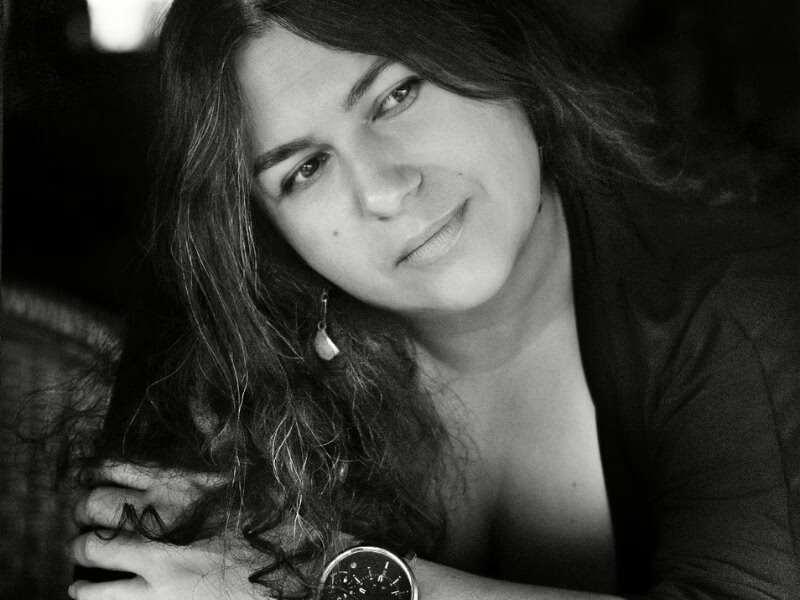
2. You’ve pulled influences from Soviet Cubism to photomontage. What drove you to assemble them into a single book?
Føgra: I’ve been exploring various periods, eras and styles for years, including political art, Soviet constructivism, vintage art, portraiture of historical figures, surrealism, timeless black & whites, illustrations, and photomontages. I think my images are deeply influenced by the musical training I received in Soviet Riga—employing layer upon layer of visual content, in much the same fashion that classical music employs layer upon layer of sound.
Finally, through great passion, struggle, and heartache, a very personal collection of art was born. Once I laid out everything I had ever created, my primary goal became to make sense of my ancestral past in relation to the present and how it informed these images.
3. Was there a formative moment that pushed you toward this book’s final form?
Føgra: 1985.
I was 8 years old. Following three exhausting days of train travel to Saint Petersburg with my mother, I finally got to see many masterpieces at the Hermitage Museum that were both inspiring and discouraging. Ivan Aivazovsky got my full attention with his wall-sized seascapes. They pierced my heart with sharp pain and great wonder simultaneously. It made me contemplate the unattainability of creating a masterpiece of this magnitude and intricacy, and left me disappointed in my own abilities for many years to come.
That deep dissatisfaction with my inabilities was what prompted me to find a way of achieving the imagery I’m looking for through different creative channels as opposed to traditional channels. This resulted in a unique style that is often compared to Gustave Doré’s, especially evident in my commissioned illustration work.
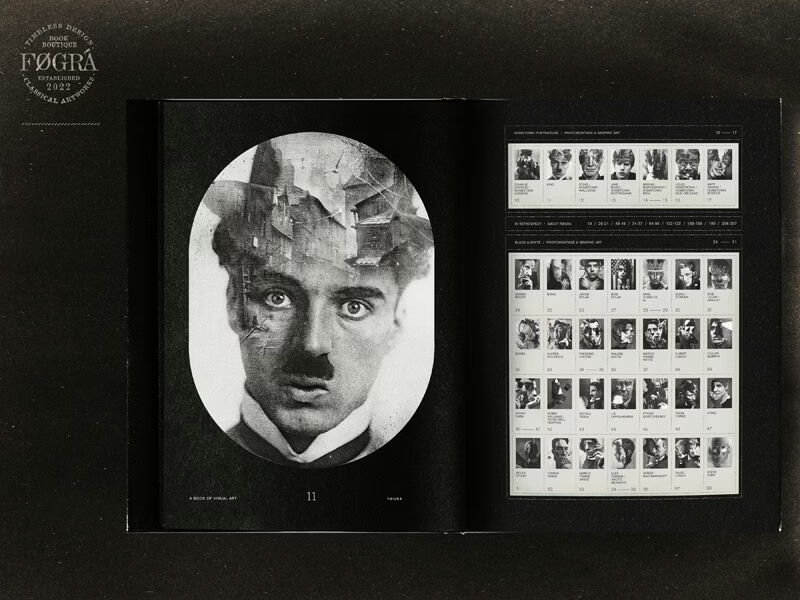
4. What obstacles did you face while compiling such a personal archive?
Føgra: The main challenge wasn’t technical but rather mental, considering the goals I was trying to achieve.
5. Many designers lean on AI for experimentation. How do emerging tools affect you?
Føgra: So far I am using AI for research.
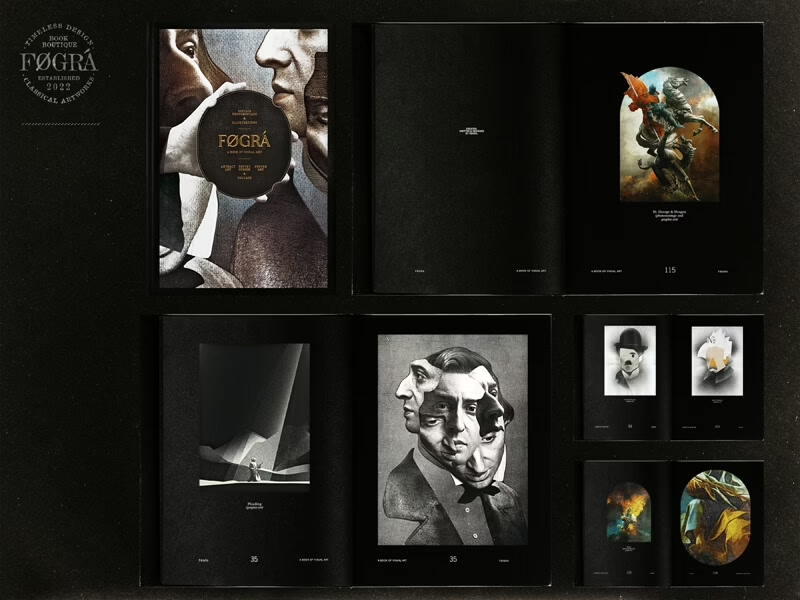
6. How do you reconcile external demand with such an idiosyncratic style?
Føgra: There’s a great deal of demand for the images I create. But the connection is not yet achieved between potential clients and myself.
7. What did this project teach you, and where will it take you next?
Føgra: It showed me there’s an interest in the old in a form that is new. It’s true across the board in music, film, and, of course, art.
8. What does the Design MasterPrize mean for your practice?
Føgra: I am truly honored by the accolade, and will continue striving for greatness.
ConclusioN
Føgra’s art book proves that a painstaking collage of memory, music, and visual research can speak louder than any algorithm—inviting viewers into a dialogue where every image echoes a story centuries deep.

